HOW TO USE ALLULOSE?
I have been trying many different sweeteners in recipes for over 10 years. Almost none acts like the newcomer Allulose. Some become completely unstable, some even become very unstable that it turns into a different substance. With allulose, I have been successful more often, not always, but definitely more.
Of course, in choosing allulose the most important reason is taste. It tastes like sugar. There are other advantages of using Allulose which you can read in my blog post comparing Allulose and other sweeteners.
One obvious tweak when using allulose is to use more as it is less sweet. Even types of sugar like cane sugar and beet sugar have different sweetness levels, with cane sugar being sweeter. People also overcome this issue by adding another sweetener with high sweetness levels like monk fruit or stevia. Once you add one of these, the aftertaste will be present so it kinda defeats the purpose of using allulose IMO.
Allulose in Baking
Allulose browns like sugar, but in high temperatures of ovens, it will brown much faster. To remedy this situation, adjusting the oven temperature down helps almost always, for cookies reduce it from if the recipe calls for 350 to 300. For cakes, 350 to 325 should be good but covering the top of the cake loosely with parchment paper or aluminum will prevent the top from burning. Don't worry about the inside of your cookie or cake bake well, it will since allulose retains heat more than sugar. Always know your oven though, they all have individual characters.
The second important point is that, in baked goods like biscotti, scones, etc, Allulose won't yield the desirable texture by itself. I had success using inulin and have been trying ingredients that are more readily found in household kitchens. Of course, if you're not keto dieting or your diet allows using carb-rich starches it is a different story. My goal is to keep it low carb and if possible low calorie.
But in cakes, it is better than sugar I kid you not. It makes the cake fluffier and lighter. Very very good choice to bake cakes. Just sub sugar 1 to 1 1/2 or 1 and 1/4, adjust the temperature as described above, and might want to cover the top to keep it browning too much.
Allulose in Cheesecake Making - A shout-out !!
Check out my Instagram page for ALLULOSE CHEESECAKE.
Allulose in Making Frostings, Puddings, Jams, etc
Basically, just adjust the taste by increasing the amount of allulose. No surprises here. Even when your frosting calls for candy-making temperature tricks. Actually, allulose here performs better than sugar. It doesn't crystallize like sugar making it easier to work with. You can get 230F faster with allulose so just watch the temperature if you are making keto candy.
I make marshmallows with allulose and I like it better, actually, I don't even use more allulose in replacing sugar if I am to use the marshmallow as frosting.
Caramelizing Allulose - Another shout-out!!!
Allulose in Ice Cream and Sorbet Making
Works exactly like sugar but you should definitely use more. It could be personal preference but it feels like allulose tastes even less sweet when frozen. Some other sweeteners like erythritol work fine in ice cream as its cooling effect fits well. However, I think allulose works better with chocolate ice cream and caramel ice cream. Check out my Instagram page for ALLULOSE SORBET ICE CREAM.
Where to buy Allulose?
Allulose is not available in Europe. While it is getting popular in the U.S., it is not easy to find Allulose in brick-and-mortar stores like Walmart and Target in most states. Allulose is available in various online stores like Amazon and Goalz Allulose Shop. One thing to pay attention to when buying Allulose for baking is checking out the ingredients first. Some brands add fillers to make Allulose measure 1 to 1 with sugar. However, it is always better to buy pure Allulose and arrange the amount yourself. Goalz Powdered Allulose is very fine with a granule mesh size between 60 and 80. This makes it perfect for most uses such as confectionery and baking.
Purchase Goalz fine Allulose with no fillers here: SHOP ALLULOSE
Purchase Goalz Allulose Sweetened Baking Chips: SHOP ALLULOSE CHOCOLATE CHIPS
Purchase Goalz Allulose Sweetened Chocolates: SHOP ALLULOSE CHOCOLATES
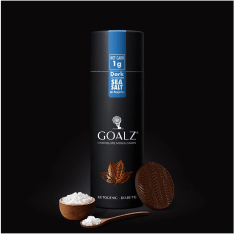
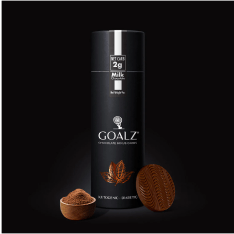

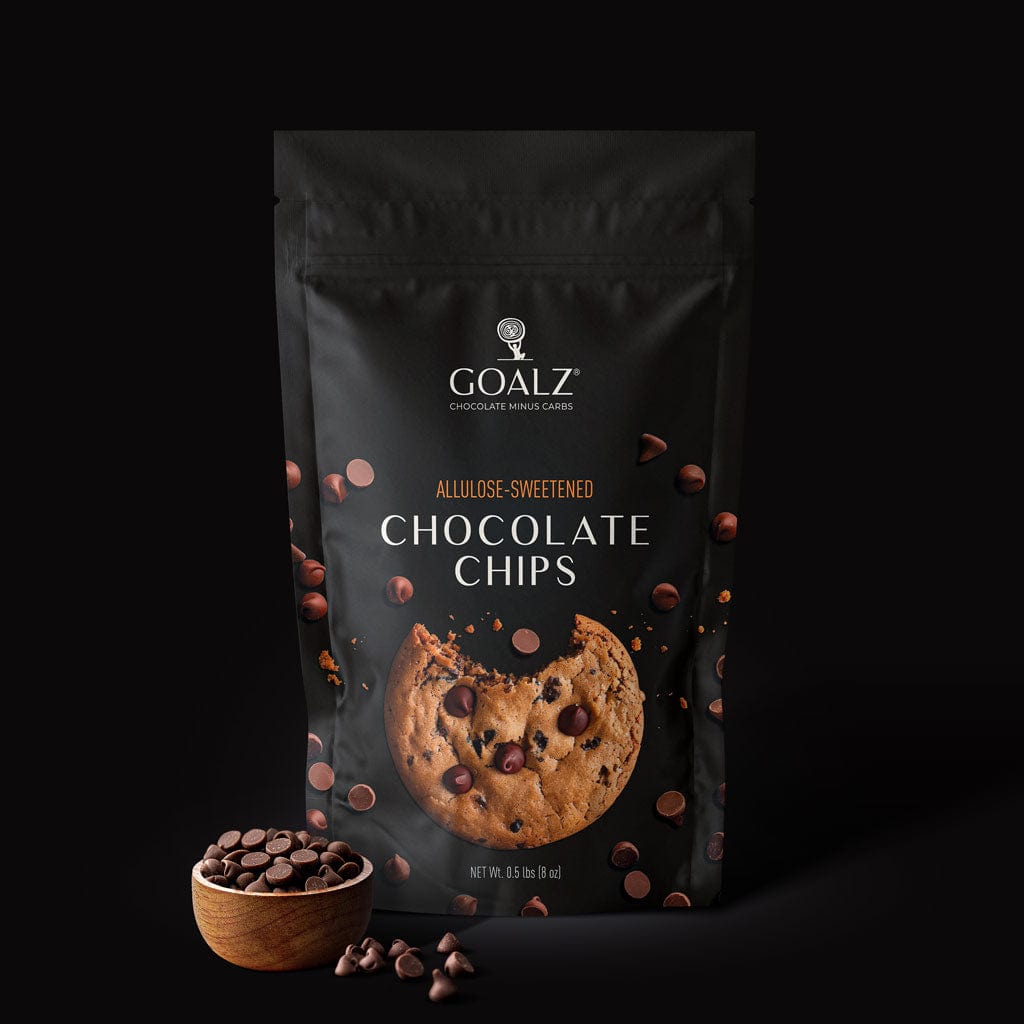
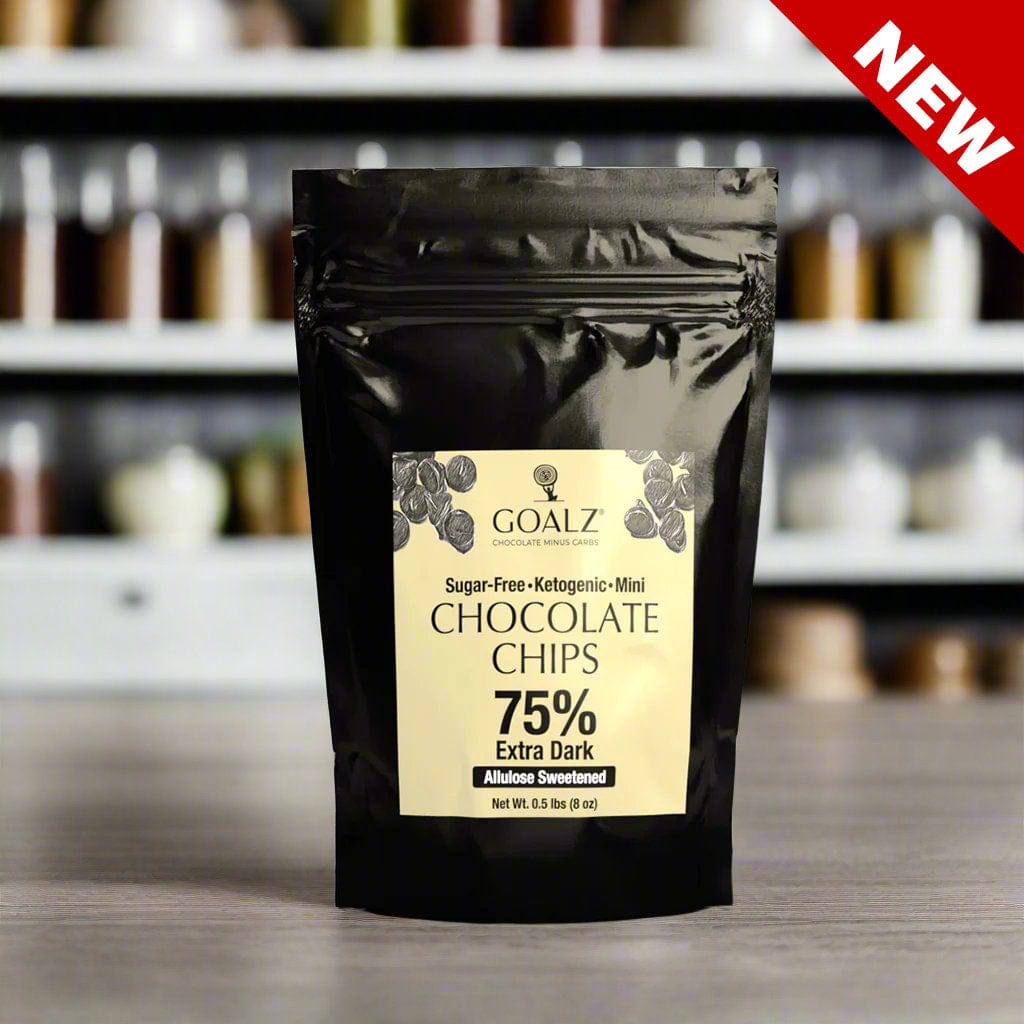
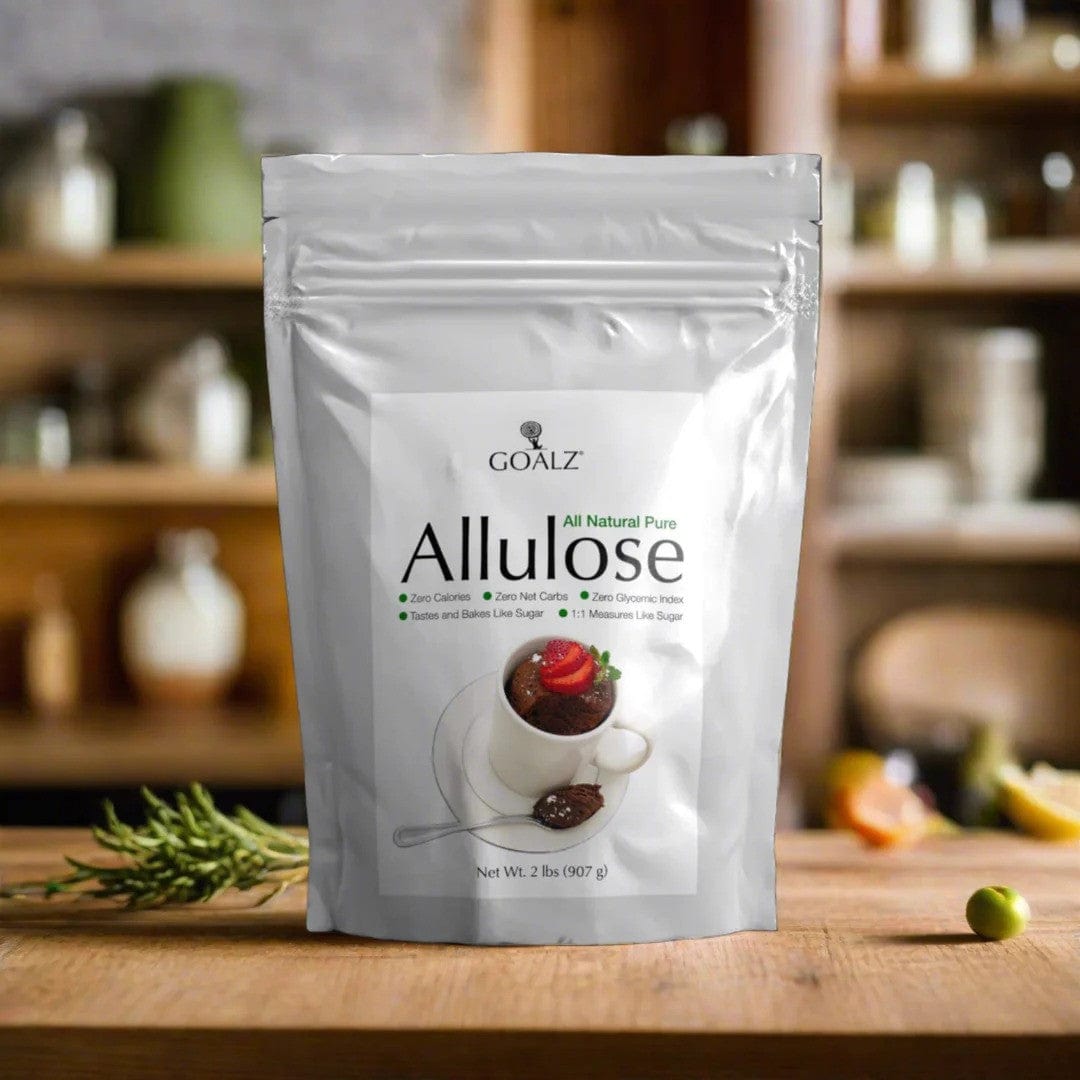
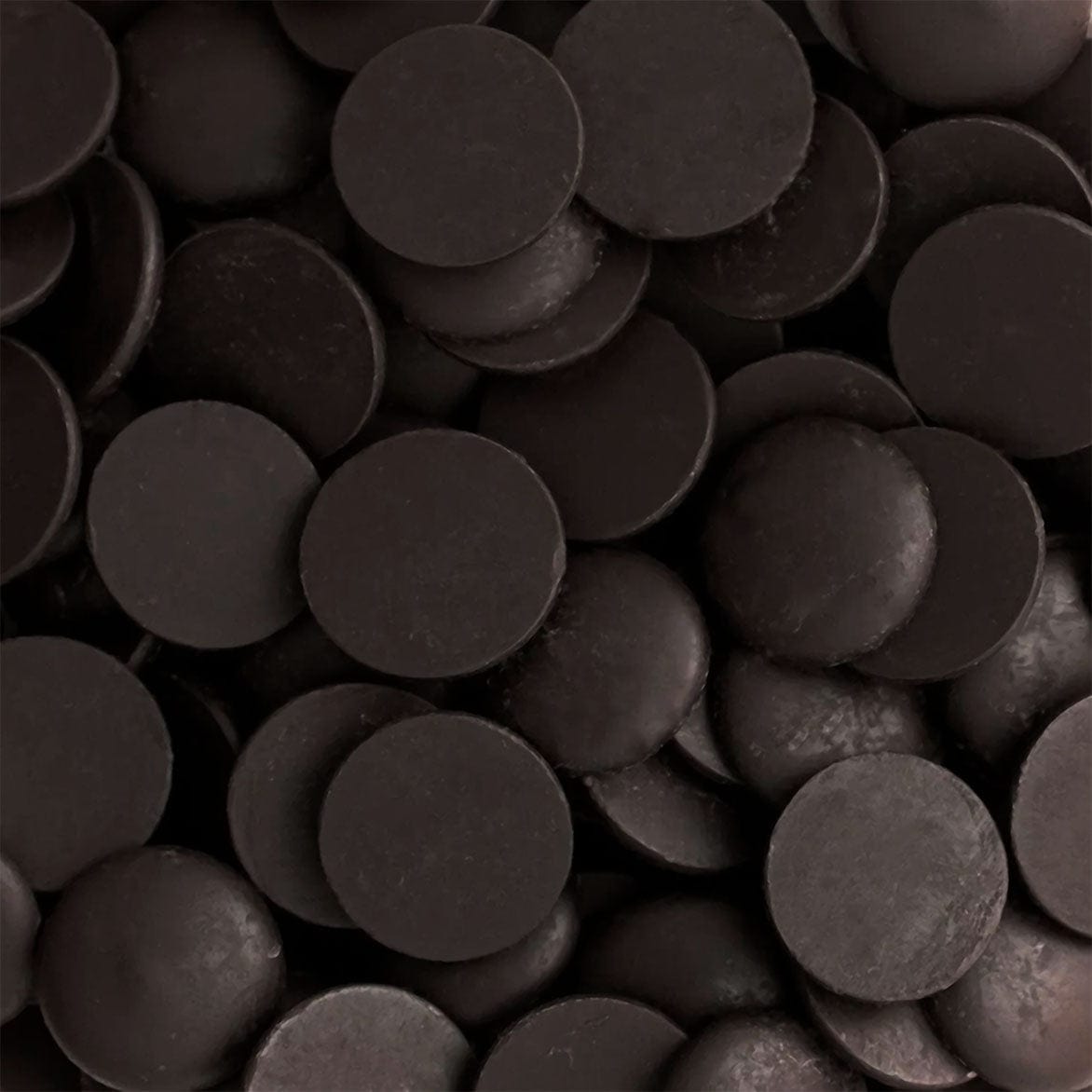



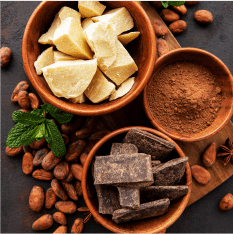
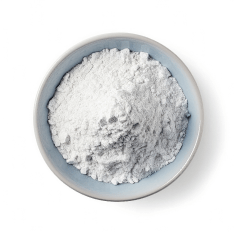

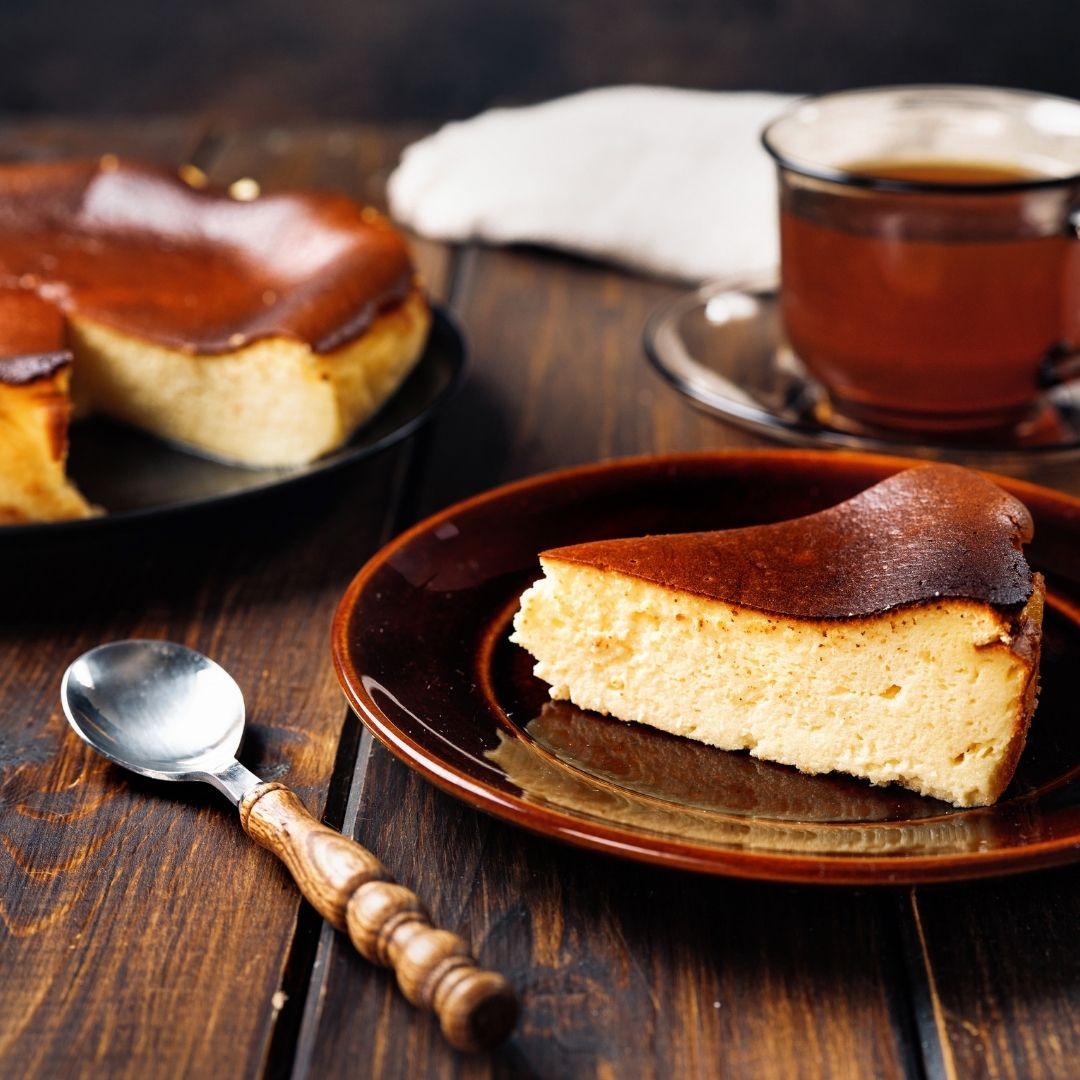


Hi! I have recently discovered allulose for baking! It has been perfect for most things but biscuits and cookies come end up with a cake-like texture. Which makes sense after reading this. How can we adjust for this to get a good cookie texture?
Would you be willing to share your ratios or recipes for adding inulin to allulose to make it work well for scones and other baked goods? Do you have a good recipe for a sugar substitute blend of inulin, allulose, monk fruit, and/or stevia? I don’t like the cooling effect of erythritol, don’t want to use xylitol, and don’t want the after taste of stevia. However, I would like to be able to use a blend that would work for baking that browns nicely. Thank you!
how can I find you on instagram?
I’d love to access your recipes, but I don’t do Instagram. Do you have a Youtube channel?
This article is just what I needed! I am curious about the modified wheat starch though. Do you know what it’s called or how much to use?
Leave a comment